Do you know that your garden or farm is home to creatures that provide benefits and some that are not so helpful – just like any natural env? We all know that the beneficial ones, such as pollinators and predatory insects, keep the destructive pests in check. But sometimes, the balance may shift. You will want to do some garden pest control UAE if a plant can sustain enough damage.
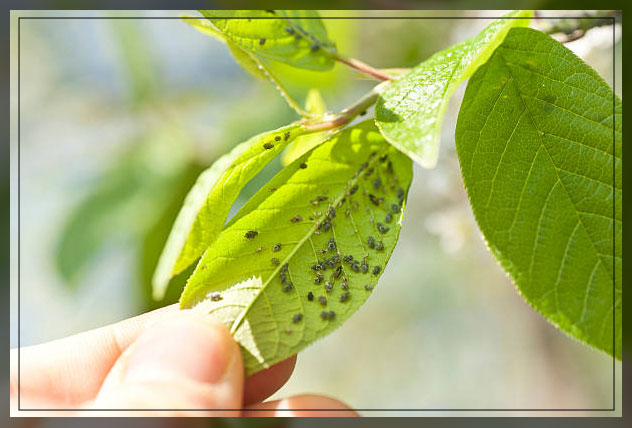
Fortunately, you can deal with most garden pests using non-toxic methods such as handpicking more giant insects or blasting them off using a strong water spray. How you deal with the problem solely depends on what insect is causing damage.
Here we discuss how you can identify and control some of the most common garden pests.
1. Aphids
What do aphids look like? The tiny, pear-shaped, soft-bodied aphids can be white, yellow, white, red, or black. They can either be winged or wingless. A white cottony form of aphid prefers fruit trees.
Aphids are usually found clustering on the tender new growth of plants. In these areas, they suck the sap, causing distorted leaves and flowers. Hundreds of them clustered on a plant stem, but they rarely do enough damage to kill the plant. So unless they affect a sizable agricultural crop, they are not a cause for great concern.
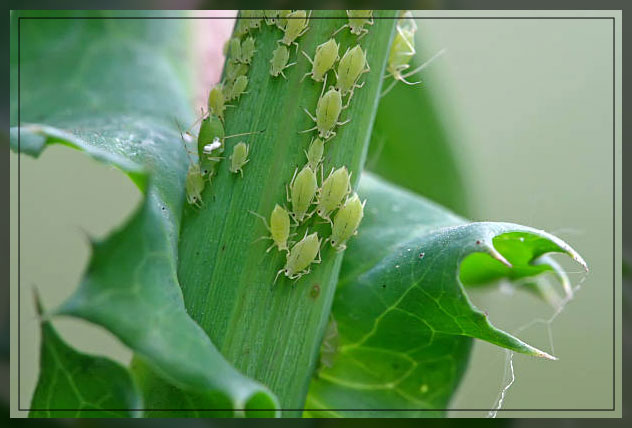
What are the garden pest control methods? You can use a strong spray of water from a hose to knock them off the plants. You can cut off the affected stem and crush it on the ground. You can use a spray of insecticidal soap works, but the area of the plant where they were feeding – will still show some distortion as the plant keeps growing.
Ladybug larvae and lacewings are beneficial insects that can help keep aphids under control. Remember that any method used to control or destroy the aphids will also affect the beneficial insects that feed on them.
2. Caterpillars & Worms
Caterpillars are often called worms, which are in the larval stage of moths and butterflies. Hence they are trickier to deal with as they get into the pollinators. Caterpillars and worms can damage your plants as they feed on plants, consuming leaves and stems.
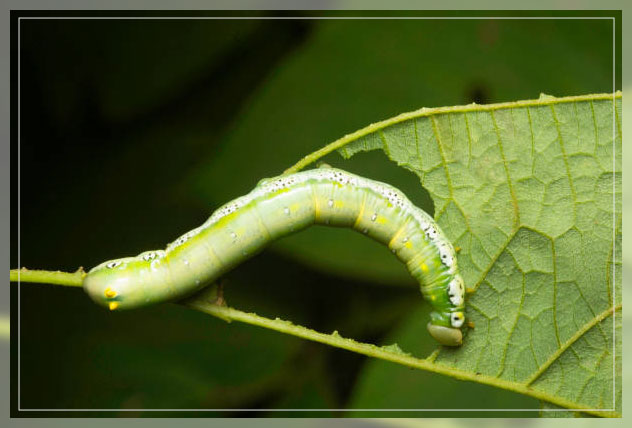
You can leave the larvae alone unless they devastate the plants they are feeding on. Natural predators such as birds can help; refresh the water in your birdbath daily. As a result, it draws winged visitors to the garden. Parasites, such as some tiny wasps, can attack caterpillars. You can trace them when you see small white eggs on the backs of caterpillars as evidence they are present.
You can use biological insecticide, which is harmless to people, animals, and adult insects. But these insecticides successfully protect crops such as cabbage and broccoli from caterpillars.
3. Flea Beetles
What do flea beetles look like? These tiny black or gray beetles are less than an inch long and will hop away like a flea when disturbed. You will find them in scattered pits or small holes in leaves, as they typically appear in spring and early summer.
You can protect young seedlings with floating row cover until your plant blooms. Older plants multiply in hot weather and often suffer little from flea beetle feedings.
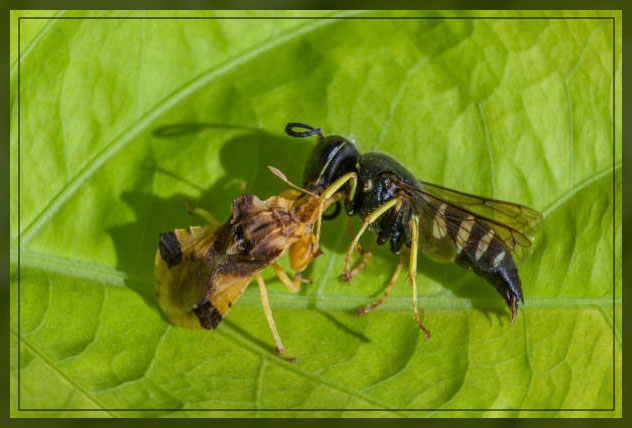
It is important to note that unless the infestation is severe, most healthy plants can survive some flea beetle damage. Their natural predators, such as parasitic wasps, often help keep the population down. In order to attract the tiny, stingless parasitic wasps, you can grow their favorite nectar plants like dill, sweet alyssum, fennel, and catnip.
Note that if the infestations of flea beetles become severe, you can spray with neem oil or a spray containing spinosad which helps control them.
4. Mealybugs
Have you ever seen a mealybug? Theta is small, sap-sucking, cottony insects. They suck sap from plants causing distorted leaf loss and limited growth. At the same time, they secrete honeydew as they eat, which attracts ants and leads to the development of sooty mold.
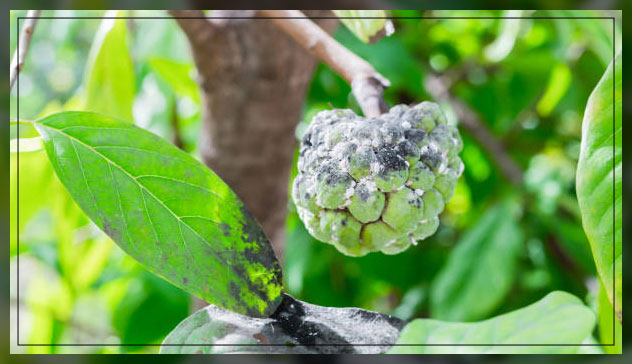
It is important to note that you should grow small-flower nectar plants in your garden. These may include sweet alyssum and yarrow, as these flowers attract natural predators, including mealybug, ladybug destroyers, and green lacewing larvae. You can remove mealybugs from plants using solid sprays of water. Otherwise, you can also swab using alcohol-dipped cotton swabs.
If the infestation is heavy, you can spray with insecticidal soap like summer oil or neem, or you can also use an insecticide with pyrethrins, which can help control mealybugs. When you use these insecticides, follow the label directions carefully so that you do not avoid damaging plants and beneficial insects.
4. Japanese Beetles
Japanese beetles are metallic blue or green, only half an inch long, and have coppery wings. These beetles are voracious eaters. Adult beetles consume flowers and leave behind only leaf veins. Some of the common plants they target include hibiscus and roses. But, hundreds of plants are favored by Japanese beetles.
Do you know that the larvae of Japanese beetles can also be a problem in lawns? These beetles overwinter in the soil, where they eat grass roots in spring. Finally, adult beetles emerge when the weather is favorable. Heavy infestations in turf grasses often weaken them and allow weeds to take over.
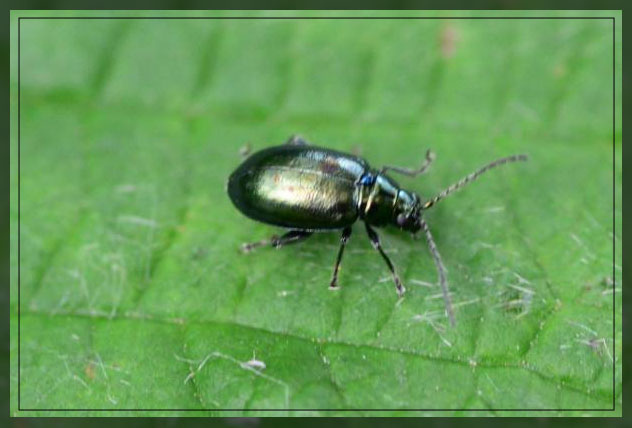
Handpick Japanese beetles daily as soon as they appear and then dispose of them in a container of soapy water. You can also use pesticide sprays to kill adult beetles but provide no ongoing protection from further infestations.
Do you know that beetles can fly from considerable distances to find food? Chemical and botanical treatments for grubs, especially in lawns, must be timed carefully. If you control the larva, it will be effective in preventing adult beetles from feeding on the landscape plants.
Remember that beetle traps are ineffective as they attract even more beetles to your yard. Therefore, the best defense against these pests would be to choose plants that beetles find less desirable.
6. Scale Insects
Although you might know of several kinds of scale insects, all begin as crawlers. They are mobile until they find a suitable plant-feeding location. Once they settle, the scale insects become immobile and develop hard. They develop oval shells that are difficult to distinguish from the bark.
Scale insects cause damage to the plant as they suck out vital plant fluids, which might lead to stunted leaves and needles. Other problems include yellowing and twig and branch dieback. They harm the branches of trees and plants.
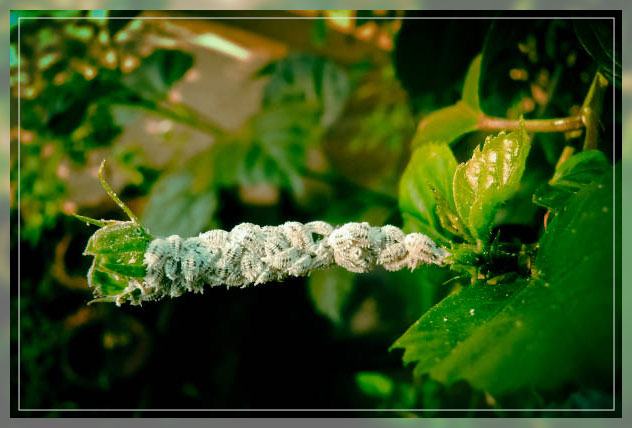
So what are the garden pest control methods? During late winter, you should spray woody plants with dormant oil as it would suffocate the pests. You can spray plants with neem or lightweight horticultural oil in summer and spring.
7. Slugs & Snails
They often look like slimy, black, or brown slugs and often look quite similar to short worms but may have tiny antennae. Snails look like slugs but usually have hard circular shells on their backs. Snails and slugs love moisture and rasp holes into flowers and leaves. They feed at night and on cloudy days – leaving shiny slime trails.
Both slugs and snails prefer moist, cool areas. Snails and slugs hide under mulch, garden debris, or near rocks. You can set several traps of shallow saucers filled with beer at ground level, which discards drowned slugs and snails. You should refill the traps frequently.
You can find various commercial poisonous snail baits. Always check the labels of the products that can be harmful to pets, children, wildlife or earthworms, and other beneficial insects. You can also use baits with iron phosphate as they are safe for organic food crops.
Another option is to create one-inch high and wide barriers of diatomaceous earth around plants that deter snails and slugs. It will work as long as it is dry because it will become ineffective when wet. Note that copper and salt barriers have limited effectiveness.
8. Tent Caterpillars
Do you know that tent caterpillars are the larvae of several different species of moths? The adult moth will lay eggs on tree branches. The colony of larvae will shelter in large silken ‘tents’ or webs they create when they start to feed on leaves.
Interestingly, the larvae of tent-making caterpillars and fall webworms often eat the leaves of trees. They are more of a nuisance than a threat. Yes, a tree’s multiple nests of tent-making caterpillars could defoliate it. If it goes on for several years, it can cause the tree to die.
You would be surprised to know that tent-making caterpillars have many predators like birds and other insects. So they rarely cause enough damage to harm plants.
You can reduce the damage by removing tents and caterpillars while still small. Cool mornings or late evenings when the caterpillars are in their tent is the best time to remove it with a pole or gloved hands.
Note that the larvae are not harmful to human beings. You can destroy the nest by burning or crushing it after you remove it from the tree.
Conclusion
Garden pests are less of a problem, especially for healthy plants, when you plant them in the right conditions. And before you use any insecticide, you should read the label entirely for a list of plants, conditions, and safe and correct application methods. So it is recommended to start with natural, organic methods before you use harsher synthetic chemicals.
Read related topics on sprinkler system, drip irrigation, ground water, sprinkler irrigation, water sprinkler, vegetable farm, cruciferous vegetables, plant nursery, and more.
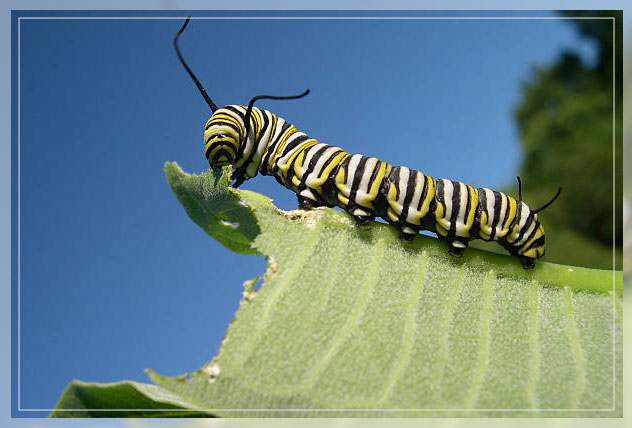





Leave a Reply